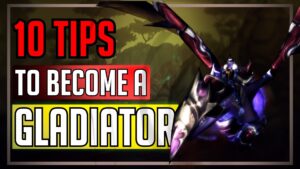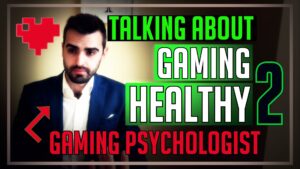Healthy Gaming: Brain on Gaming
This month, we’re starting a new series of articles published in collaboration with Álvaro Fernández Cencerrado, aka ‘Jugandomejor’, a clinical psychologist from gamewell.co. As you all know, playing WoW has many impacts on most player’s lives, and maintaining a balance between gaming and real-life sometimes becomes difficult. At Silent Shadows, we are fully aware of this because we’ve been playing the game for years, not to say a decade already, or even more.
Álvaro is the Chief Content Creator of Gamewell and will also be playing a mage in The Burning Crusade Classic. He will be uploading content across his social media “Jugandomejor” on most platforms (Twitch, Twitter, Youtube, Instagram), mainly in Spanish and secondarily in English.
The Brain Is The Captain On Gaming
Since the brain is the main structure used in gaming and also the most observable one (more than any other psychological processes), it is naturally the starting point. Understanding the way it works is essential to build the psychology applied to video games. It is said that gaming around 1 hour is good for the brain, gaming for 2 it tires the brain, and gaming for more, the brain starts to accumulate tiredness.
How can we mix this neurobiological reality with the demanding reality of our passion, our content creation routine or even E-Sports?
Sustained Attention
When gaming, we are using the cognitive process called “sustained attention” which is the ability to focus during a long period of time. In the attention field, it usually can be considered above 5 minutes. This is one of the most researched variables in the history of psychology. During World War II, Norman Macworth studied the efficiency of radar operators and noticed that it declined around 10-15% after only 30 minutes. In 1963, as the graphic shows, operators did a lot more detections when they rested 10 minutes each 30 minutes on a 90 minutes task.
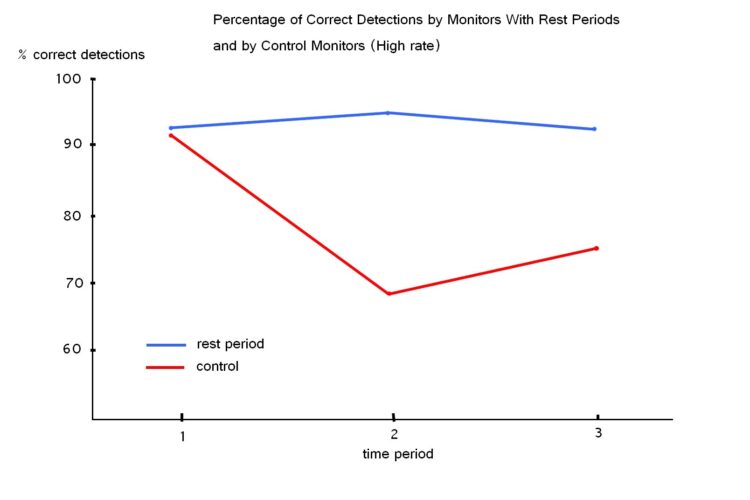
Having short breaks refreshes very effectively our sustained attention levels. Take 5 – 10 minute breaks while gaming to improve your health and performance. In the following chapters, we’ll give you tips on the best things to do during them. For now, you may ask yourself if there is only evidence of cognitive performance in short times? Fortunately, there is evidence for longer gaming sessions.
Understanding dopamine
Dopamine is the neurotransmitter linked to attention, motivation, and excitement pleasure. We release it doing the things we like. Gaming and competitive gaming burn our dopamine receptors as we are focused, motivated, and enjoying.
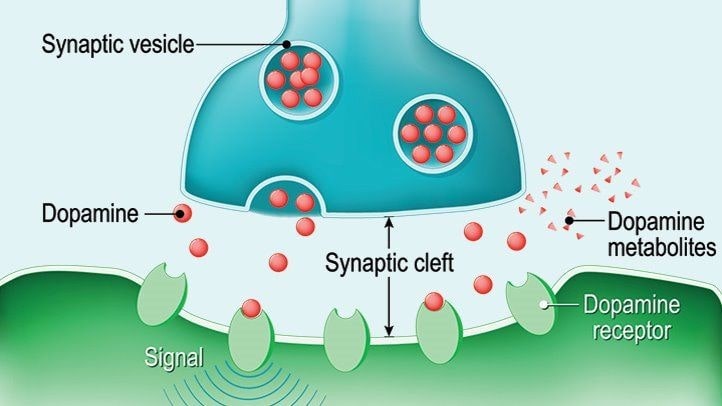
No need to understand the picture, but just to give you an image of what’s happening there. To sum it up, when a receptor absorbs a dopamine particle it closes till a regeneration process it’s done. Measuring the time of this regeneration process is an enigma as there are tons of receptors, our brain can generate more receptors under big demanding tasks so it’s almost impossible to follow one single receptor and there will always be many individual differences.
Yes, we can generate more dopamine receptors to absorb higher demanding tasks, but it comes with a cost. Firstly we raise our umbral of satisfaction, secondly, we dysregulate our endocrine system during this activity, and thirdly, the more time we keep at it, the less time we have to start regenerating dopamine in our brain and we can have the risk of accumulate dopamine tiredness from day to day.
At Gamewell, we have done this video to make dopamine functioning easier to understand.
Scientific evidence reports that people who played 8 to 12 hours a day during years, even have less dopamine capacity in their brain! The most important thing of the dopamine system is to maintain it balanced. When we notice we are more tired, we have less ability to focus or we are just less motivated with everything, we may have our dopamine receptors closed in regeneration and during that time, we pray for some stimulus, but the best we can do (neurologically talking) is to not give us any (this stage really sucks, but it’s the raw reality).
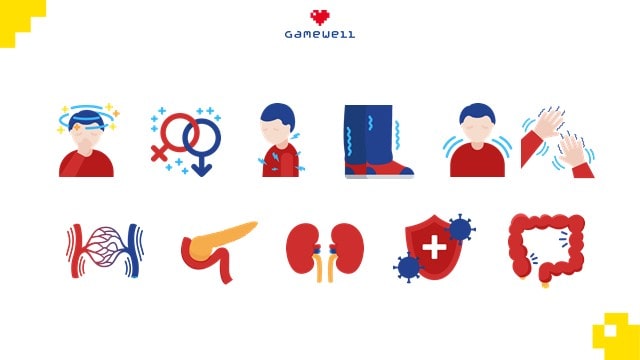
There are also more symptoms of unbalanced dopamine (either too high or too low) you should take care of: nausea, hypersexuality, rigidity, restless legs, repetitive tics, increases pressure in the blood vessels, reduces insulin secretion (the famous LoL player Uzi retired with diabetes), increases urine secretion, reduces immune system activity and reduces gastrointestinal motility (I have seen intestinal aches in some close cases). Activities like physical exercise, stretching, yoga, mindfulness, walking in the sun, or having quality friendships and relationships will help you to stabilize back.
More articles
How Much Gaming Time?
It is unreliable for the gaming world to play only 2 hours a day, as it is unreliable for the official health world to say you can’t play more than 2 hours a day. Projecting dopamine, in reality, is just the exchange of efforts and rewards.
If your gaming truly rewards your reality, it’s more than okay. In many studies it has been proved how gaming can fulfill basic human needs, really boosting well-being despite the time spent playing. Nonetheless, take this phrase, gaming 1 hour a day can be as problematic as gaming for 10 hours depending on each case and this is aligned with what the WHO (World Health Organization) has said with the recent Gaming Disorder diagnosis.
Trying to give an answer to this question, not supported yet by scientific evidence (but based on my own experience as a gamer, researcher, and psychologist and still worth being given rather than not), I got to the following headline:
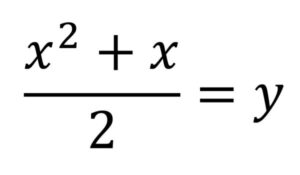
In which “X” is the playing time and “Y” the hours needed to rest it under the following conditions:
– A game with high intensity, adrenaline, or attentional demand.
– The game time is played without the slightest pause.
– It is the resting time to, approximately, stabilize the dopamine receptors.
– It does not mean that we always have to rest this time, but it does mean that if we do not do it, we will probably accumulate dopaminergic wear.
Thus, if we play 1 hour under the conditions expressed, we would need 1 hour of rest; 2 we would need 3; 3 we would need 6; 4 – 10; 5 – 15; 6 – 21 and from here we would begin to accumulate wear and tear since we have exceeded 24 hours.
The Real Answer To Gaming Burnout
I’m the first who would like to game freely forever in a Neverland, but from all points of reality, we are told that the brain has its limits and that the best way to maintain high performance over time is to game sustainably, to build healthy gaming.
Furthermore, there was an SC2 study over 7 months which proved this:
Players who played moderately were worse in the short-term, but in the long-term, they beat the excessive gamers.
The study reported that excessive gamers suffered much more burnout so they have to take longer breaks more frequently leading them also to the need to have skill recovery days when taking back the practice, meanwhile moderated ones didn’t need longer breaks either recovery days, they had an ongoing non-stopped growth.
What’s Next?
In the next article, we will give you many tips to effectively improve your gaming performance: which timings are better, what’s the scientific basis under these tips (even proved in gaming performance with gaming relevant variables), and how you can fit them in your routine and personality.
Any question you might have will be my pleasure to answer throughout my social media “Jugandomejor” or right on Silent Shadows discord.


